2016 Greeley, Colorado, USA
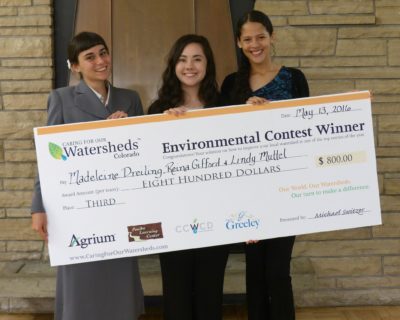
Madeline, Reina, and Lindy took 3rd place in the Caring for Our Watersheds competition with their proposal Destination: Conservation. The goal of the project was to educate elementary students about their watershed and how to preserve water. The trio thought this was important for two main reasons. First, “The water we have now is the only water we have, and it is our responsibility to protect it.” and second, “youth is the key to our future of sustainability.”
This project was implemented by providing third and fourth grade students the knowledge necessary to create a water-wise world. For example, the students received water efficient faucet heads to help them conserve water in their own homes. These faucets will help families not only save water, but also money, especially helping low-income homes.
Timeline and Budget:
- Arranged classroom visits and attendance at Greeley Water Festival ($0)
- Made interactive games and a model of what a watershed is two weekends before. Candy was donated as in-kind contribution ($15)
- Coordinated water conservation items and water efficient faucet heads with the City of Greeley ($0)
- Ordered water bottles as a giveaway ($369)
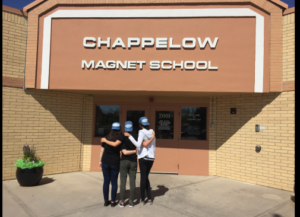
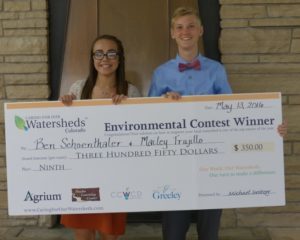
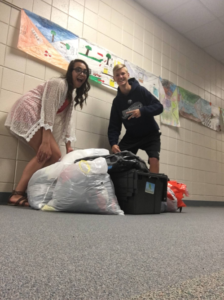

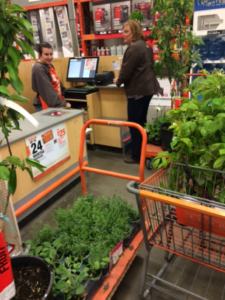

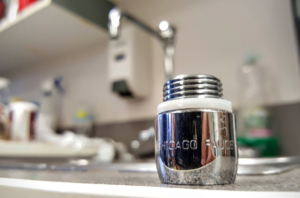

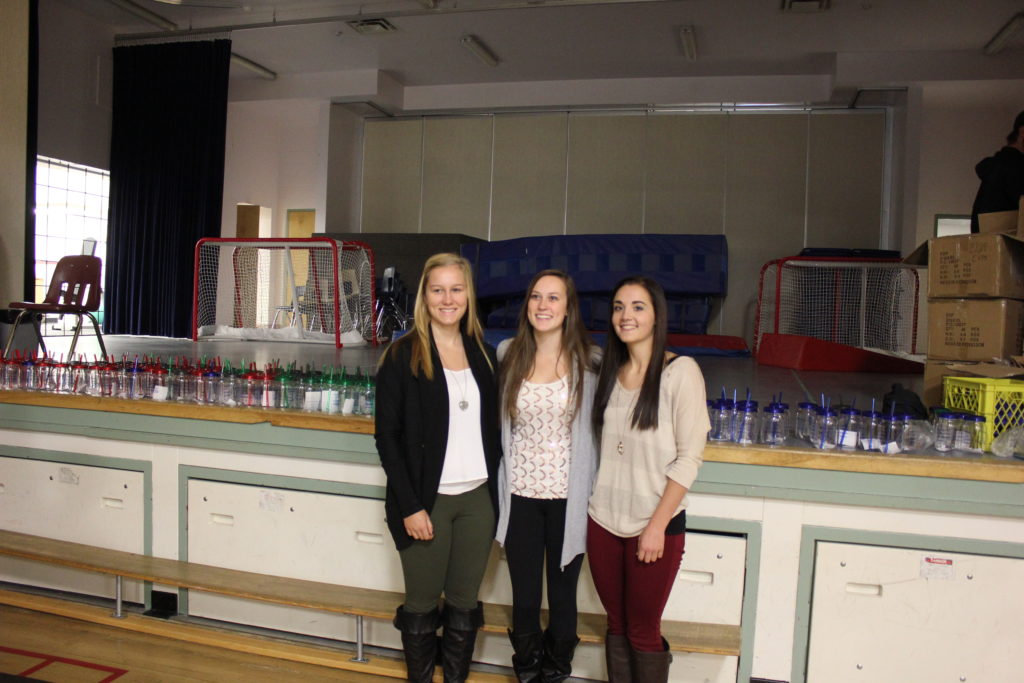 2016, Daysland, Alberta, Canada
2016, Daysland, Alberta, Canada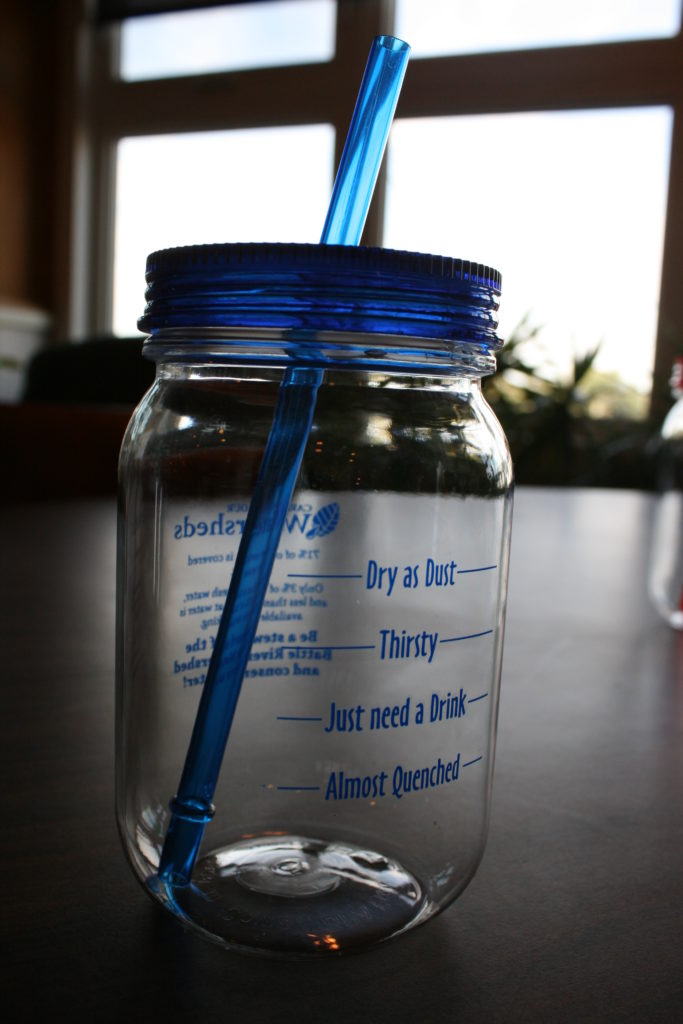 their school. After the presentation, they handed out the cups to all students in grades 1-6.
their school. After the presentation, they handed out the cups to all students in grades 1-6.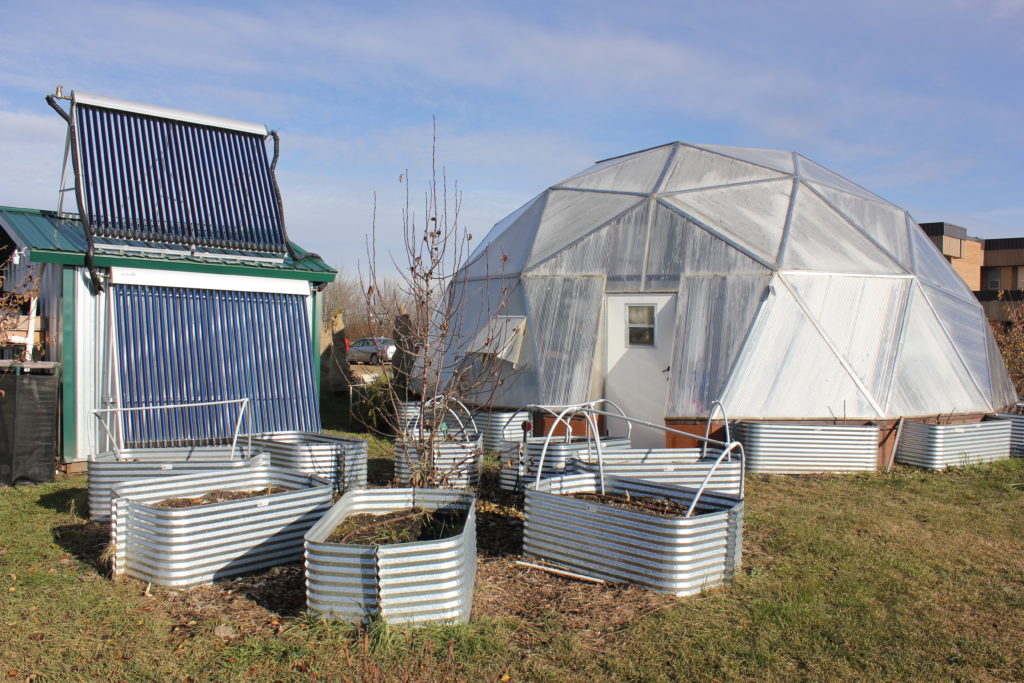
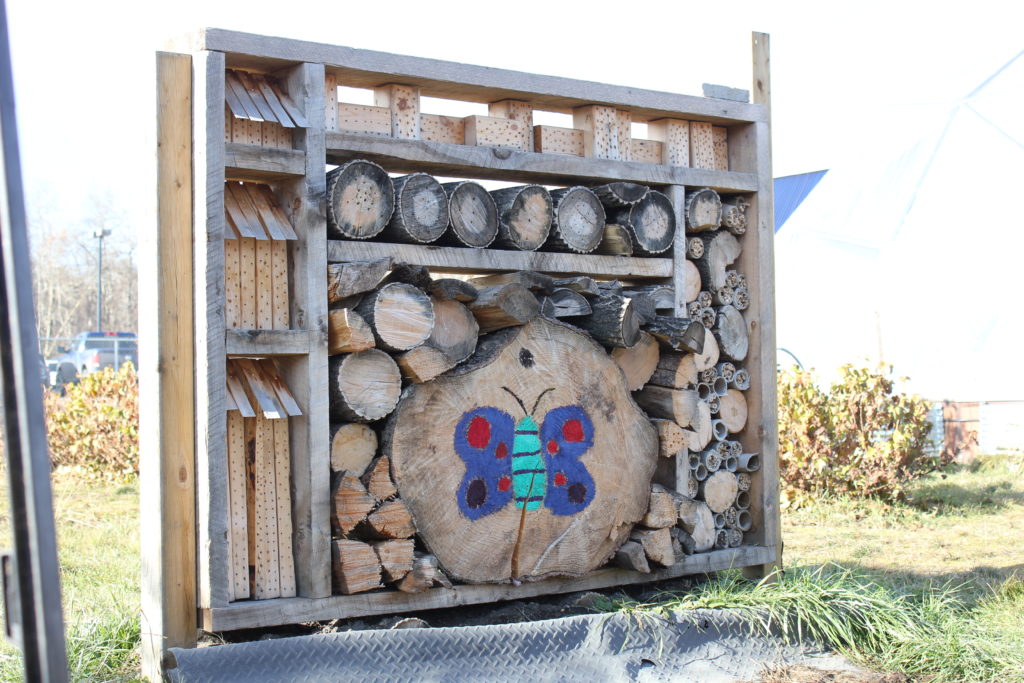 challenges by installing a drip irrigation system in their gardens. The irrigation tube (shown left) is dug into the soil to water the plant’s roots while minimizing the rate of evaporation. The system could also be set on a timer to water regullary, with options to delay watering if there is significant rainfall.
challenges by installing a drip irrigation system in their gardens. The irrigation tube (shown left) is dug into the soil to water the plant’s roots while minimizing the rate of evaporation. The system could also be set on a timer to water regullary, with options to delay watering if there is significant rainfall.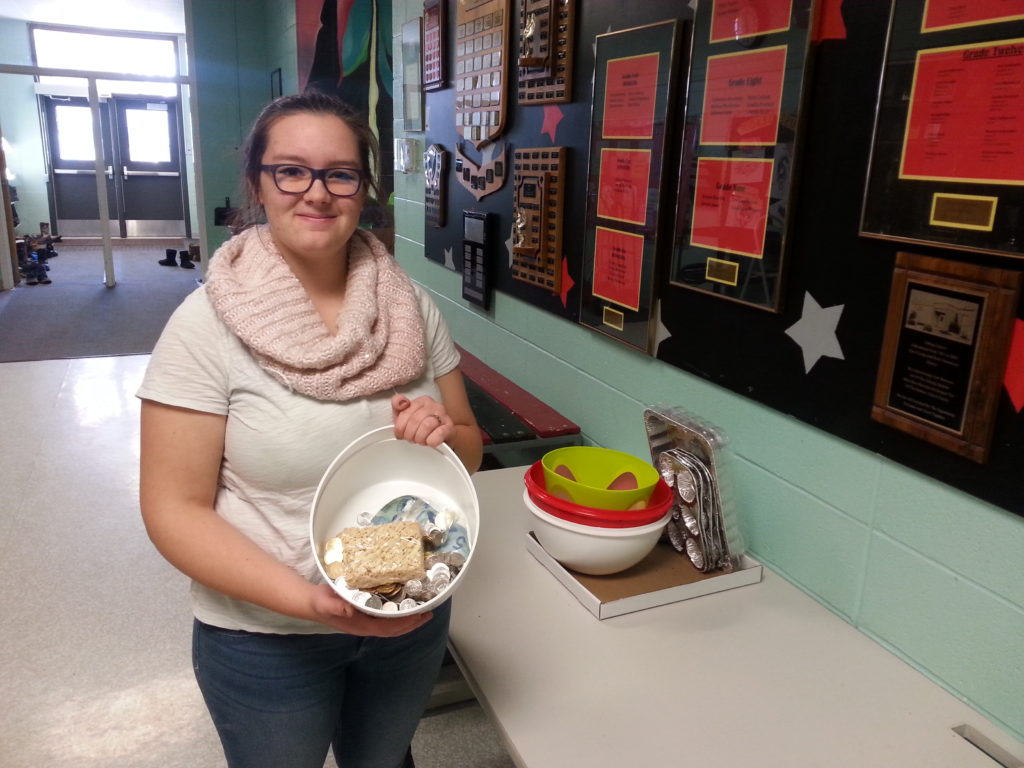 help protect her watershed by protecting wetlands. She learned that wetlands are important habitat for lots of animals, help improve water quality, and help store water for dry times.
help protect her watershed by protecting wetlands. She learned that wetlands are important habitat for lots of animals, help improve water quality, and help store water for dry times.
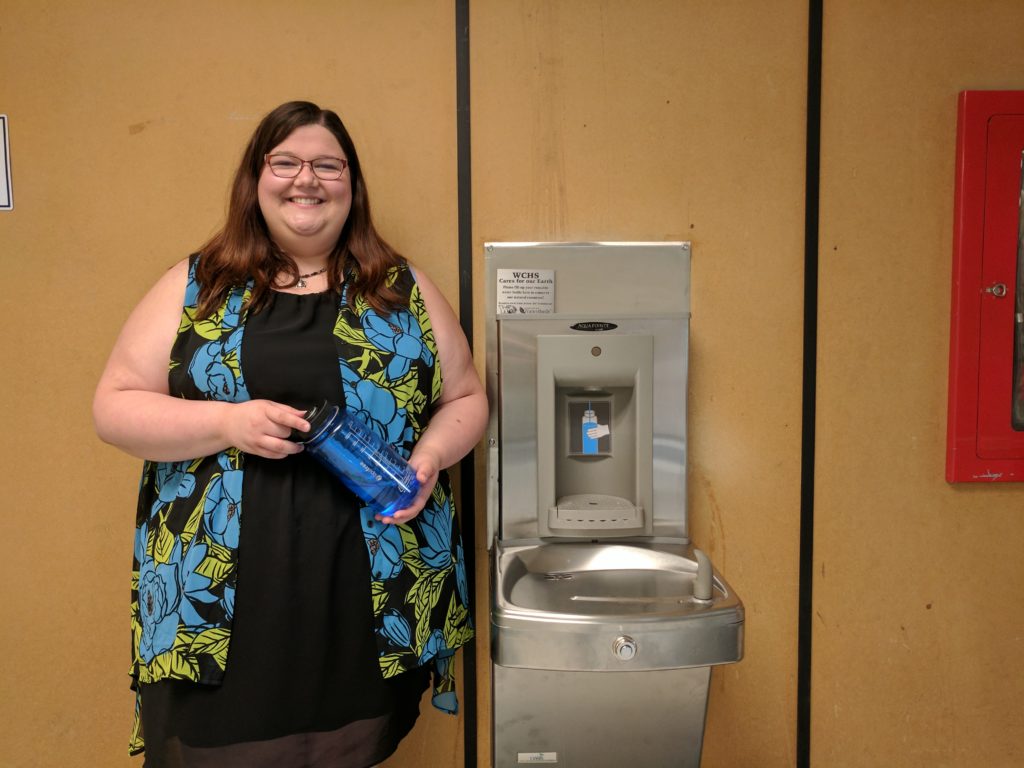
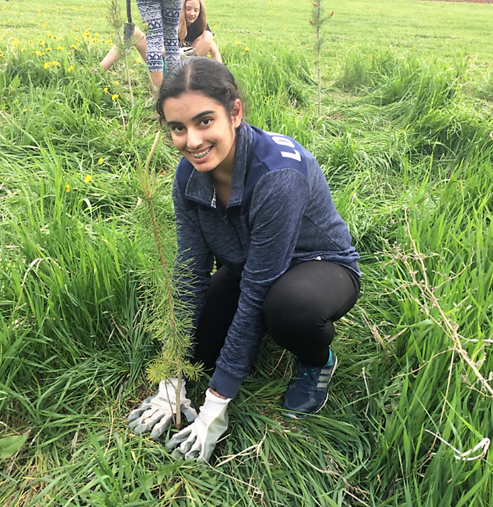 Watersheds program, and the third time she was in the final competition.
Watersheds program, and the third time she was in the final competition.